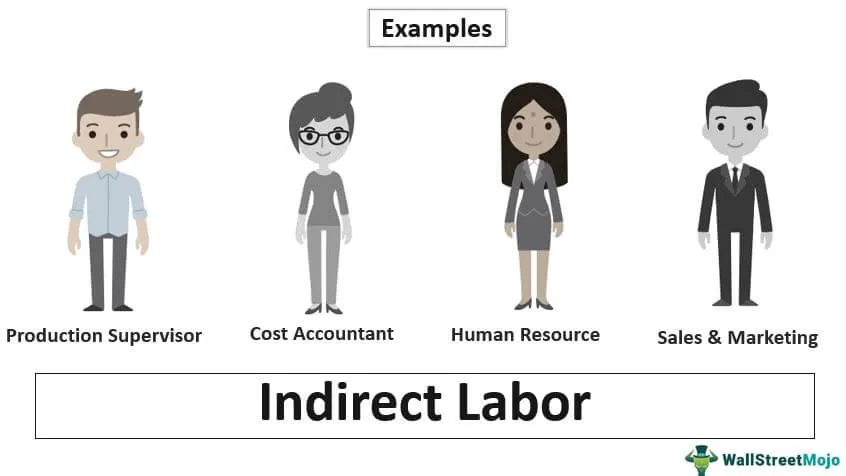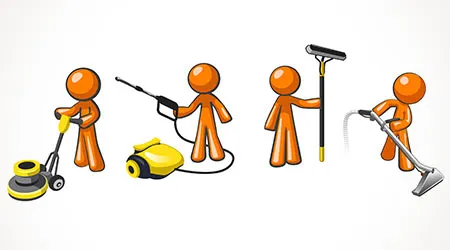The two systems explained in the previous entries can operate on a historical cost basis or on a predetermined cost basis. When the system determines costs after it has incurred raw material consumption, labor utilization and indirect cost causation, the system is said to operate on a historical or actual cost basis.

These are known after they have been recorded in the accounting books. When the cost system forecasts costs in advance of production, it is said to operate on a predetermined cost basis.
In process costing, they are identified with the cost accounting systems that in practice are known as mass production industry, which have the particular characteristic of handling large volumes of materials that move through several processes or departments, in a succession of continuity that sometimes work around the clock for indefinite periods.
The process costing system assumes a continuous flow of production that may last all year or more, without interruption. This system of cost accumulation is adapted to companies whose production is developed in series, on a large scale of units and with more or less standardized products.

In other words, the process costing system is used to calculate unit costs of products manufactured through a continuous production process. The process costing system is feasible in operations in which each unit of finished product demands essentially the same amount of raw materials, labor and indirect costs.